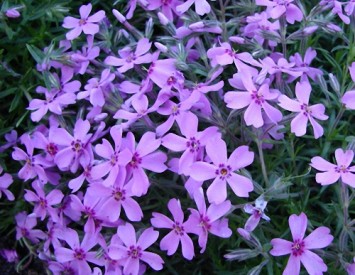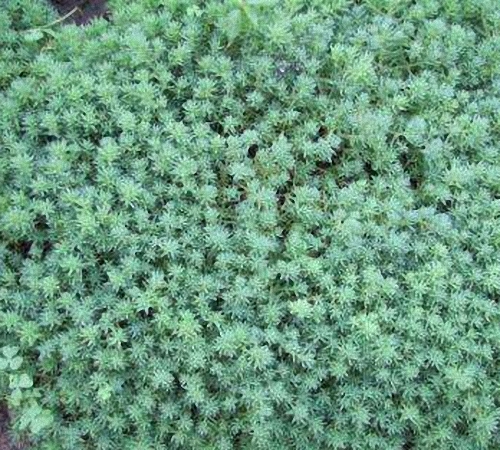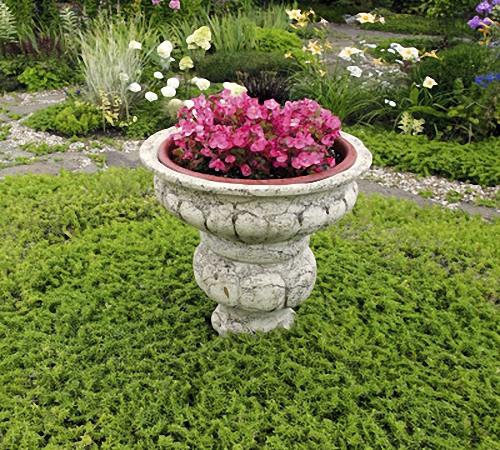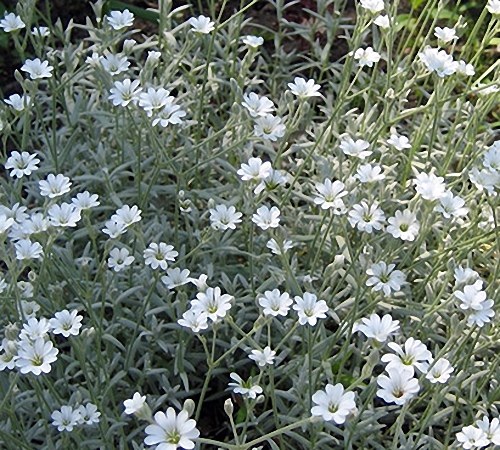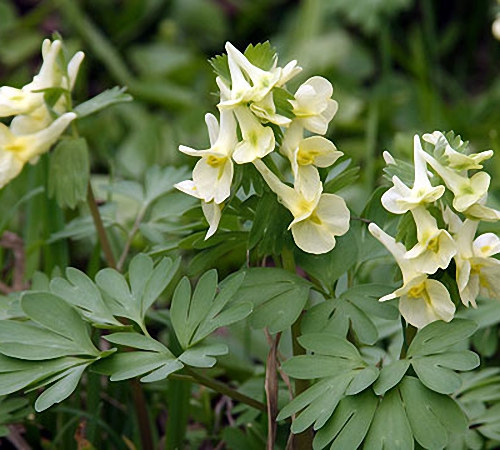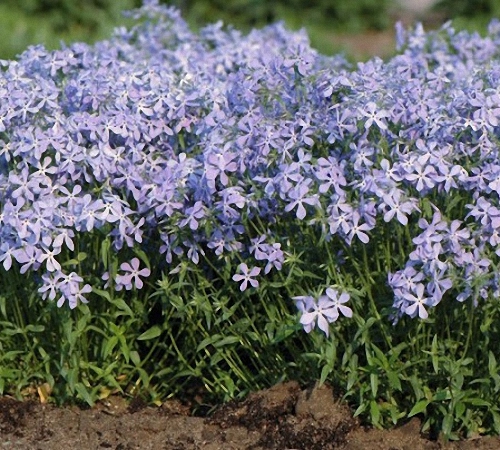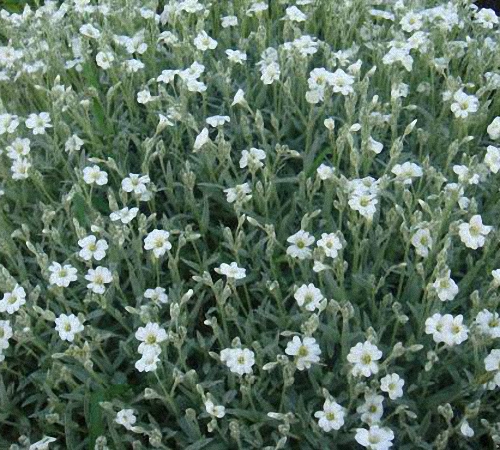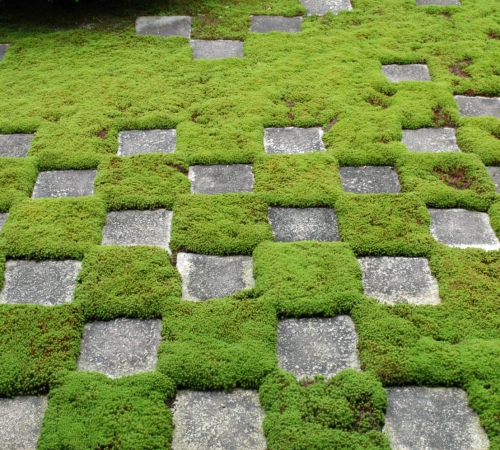The decision to buy the lawn is not always justified. In some regions of our country, this is especially true for the North and the Far East, standard lawn mixes germinate extremely poorly. Nevertheless, this is not a reason to abandon the beautiful lawn, since there are varieties of herbs are more resilient than the American Raigrace. We’ll talk about them.
Grass for the lawn
Any lawn is a meadow grass changed by selection. Some varieties of the lawn are artificially created plant crops. Since the main market for battles for lawns is England, Europe and the USA, most breeders create cultures intended specifically for the climatic features of this region. The vertex of the development became Raigrace. This grass has soft beautiful sheets and a poorly developed root system. As a result, the formation of bumps is almost completely excluded, and the growth of grass is minimized. Which in turn allows you to cut the lawn only once or two per month.
Unfortunately, Raigrace is extremely whimsical to temperature. The heat is destructive for him, the cold freezes the root system. Abundant rains wash the bushes, leaving the bald spark on the lawn. Seeds for the lawn of other herbs slightly improve the situation, but a number of problems remain.
The most famous domestic lawn grass is a mezzanine of Lugovoi. In its pure form, he:
- sprouts to 30-40 cm,
- it has quite hard leaves
- forms a thick, thick layer of turf,
- requires regular cutting, at least once a week,
- it blooms abundantly in the vegetative period and scatters the seeds around the site, which leads to germination of grass where it should not be.
In addition, the rebellion weakly tolerates the shadow and does not grow under the trees.
If we talk about other domestic herbs, they have the same disadvantages. Therefore, it makes sense to think about other options for arranging a beautiful and well -groomed lawn.
Plants for the lawn
For the convenience of qualification, we divide the right options into:
- whole -cover carpet,
- flower carpet.
A whole -cracked carpet is cultures that are able to create a monolithic coating, candy for any type of climate and not in need of serious painstaking care. The most common:
- clover,
- thyme,
- european hoof,
- micheniya.
- creeping
- moss.
Clover is able to create thick rich carpets, which are very pleasant to walk. Thanks to a powerful root system, it is impossible to trample the clover lawn. In place of damaged plants, new ones will grow rapidly. In addition, during flowering, the clover lawns are transformed and become unusually beautiful. A haircut is needed only at the end of the vegetative period to eliminate the stalks of colors. Of the shortcomings - deep roots are difficult to uproot.
Timyan or Ladan is another popular solution. Outwardly, it, perhaps, is most reminiscent of a classic lawn, with the exception that twigs with small leaves grow around thin stems. Walking on thyme is not very pleasant, in addition, during flowering, the lawn will turn into a small apiary. To avoid this, the grass will have to be cut twice a month or even more often, depending on the climate.
The European hoof is very similar to the clover, with the exception that its sheets are much larger and resemble a horse hoof. The root system, although well developed, does not go deep into the ground, so the use of the hoof is limited only by regions, where the soil freezes a maximum of 7-10 cm.
Napalist mihia is a very interesting plant from the Far East. Its peculiarity is that in the first year of life, the stem grows by 80-150 cm and falls to the ground under its own weight. Plant nodes take root, forming beautiful long shoots with wide juicy leaves of bright lightly color. The next year, the process is repeated, increasing the density of the carpet. The grass blooms with large purple buds that look very impressive. You need to start cutting the lawn only for 3-4 years, it is enough to repeat the procedure every few years, when there will be no more place for rooting with new shoots.
The creeper’s living does not look very attractive, never forms dense carpets and is valued exclusively for growing even in places where shading is 60 or more percent.
Perhaps the most interesting option is moss. Few people know that there are a lot of varieties of this plant, each of which over millions of years of evolution has perfectly adapted to the conditions of the growing region. This allows you to make a lawn from local moss, which will provide it with 100% survival. Regarding decorative and functional features:
- pleasant to the touch
- not trampled
- does not bloom
- does not need to be trimmed,
- practically does not need care
- prevents the appearance of weeds,
- the soil does not impoverish
- in a healthy state, it has a uniform color from a greenish-beating, to an emerald color.
If you need a good lawn adapted for walking, rest and even children's games, moss is the best option. From the point of view of the visual, it is very inferior to the options listed above.
Flower carpets for the lawn
Since most herbs are still blooming, it makes sense to think about creating a flower lawn. From the shortcomings, it is worth noting that it is impossible to walk along it in the growing season, but the beauty of such a lawn will not leave indifferent even those who are not interested in gardening issues. The most popular cultures include:
- periwinkle,
- goryanka Colchis,
- moneywort,
- cleaning,
- meadow flowers.
Barvinok is a fairly interesting plant, since its foliage remains green throughout the year. In addition, the flowering period is quite long and depending on the climate, begins in the middle of spring and may last until the beginning of October. Nevertheless, this plant is an extremely favorable environment for the habitat of various insects, especially spiders. If the lawn is large enough and it is already several years old, then the mice will become the following frequent guests. It is not necessary to cut the barvins, and if you do this to drive rodents, then it will recover for a very long time.
Goryanka Colchis or “Elves flower” is a very delicate plant with unusually beautiful colors. Its only drawback for creating a lawn is a height of 30-40 cm. Thin stems easily break, and the dead bushes do not restore independently. Therefore, the creation of a whole lawn from Goranki is not very successful, since there will be a lot of forces to care for the lawn.
Meadow tea refers to low laying plants, in the likeness of ivy. It blooms with large beautiful colors of yellow. Meadow tea is very hardy and creates a low carpet, suitable even for a picnic. The plant is restored independently. Of the shortcomings - it is constantly necessary to maintain a certain level of humidity. In the open sun, without watering, the plant will die within 8-10 hours.
If the task of creating a flower lawn, intended exclusively for decorative purposes, is worth the task, then first of all, attention should be paid to the cleaning. The plants of this family in the bulk are a low stalk without leaves, ending with a beautiful large flower. The color is found:
- yellow,
- violet,
- blue,
- blue,
- purple,
- pink,
- white.
Some families grow into bushes 40-50 cm high and a rich crown of leaves, so when buying a cleaning, you should clarify exactly how the seeds will behave. The storchit is best suited.
Meadow flowers are a huge group of various annual and perennial plants. All of them are united by low growth, endurance and unpretentiousness to the ground. A carpet of meadow flowers is suitable for walking, rest and sports. Even if the seeds of annual plants come across, the next year, starting in April, the Luzhaik will be restored by itself. A huge plus is that plants do not need to be careful for plants, including watering. There is only one drawback - at the end of October, the Luzhaika completely dies and represents an extremely unsightly sight. But, it is impossible to remove dried flowers, they serve as feeding for the soil and protect the seeds from freezing in the winter.
Lawn care
As soon as wild plants fall into the country site, they automatically go into the category of cultural. Therefore, it is necessary to comply with certain rules:
- develop irrigation mode,
- prepare the soil,
- choose the appropriate fertilizers,
- correct trimming correctly.
Most laying plants prefer a wet habitat, flowers love water even more. Therefore, watering should be carried out in the summer early in the morning and late in the evening, in the demi -season time it is enough to water the lawn in the evenings, in the winter watering is not needed. Stop it when the night temperature drops to the mark 3-4 0C. The exception is only meadow flowers. From excess moisture, they will begin to rot.
The preparation of the soil implies an accurate measurement of acidity. Naturally, holding a lime or vice versa, increasing the acidity is quite simple, but this is additional expenses. It is better to choose a culture that is most adapted to the soil on the site.
In contrast to generally accepted opinion, not all plants need far and even more so love fertilizers. This issue must be studied in detail, since the excessive adding to the soil of nitrogen -containing humus, nitrate or other additives will affect the lawn negatively.
Leaning herbs are recommended to be trimmed once a year, after the end of the flowering period. At any other time, the plant will severely endure damage to the bushes and get sick for a long time. On the same principle, flowers are also cut. It should be remembered that in regions with harsh winters, temperature -20 0C and more, cut stems are not removed. In addition, it is advisable to cover the lawn with a film in order to protect the roots and bulbs from freezing.
The green lawn grows quickly enough. Therefore, in the process of care, it is necessary to protect the future lawn with a special barrier. For these purposes, a sheet of tin is dug into the ground. The depth depends on how deep the root system spreads. For clover, this figure is 20 cm, therefore, around the lawn, you need to make a fence 25 cm deep. It is important that the tin approaches the upper layer of the soil as close as possible.
For plants that take the roots directly from the stem, this method is not relevant. They will have to control them manually.
Since some plants have similar care parameters, they are often combined with each other. This allows you to create a more attractive and bright lawn. But it is worth choosing cultures for the lawn only after all the subtleties of the plant care have been studied.
At the end of the topic, I would like to once again note that the only really justified, practical and fashionable replacement for the classic lawn is moss. Therefore, it is better to start a review of possible options with it.
